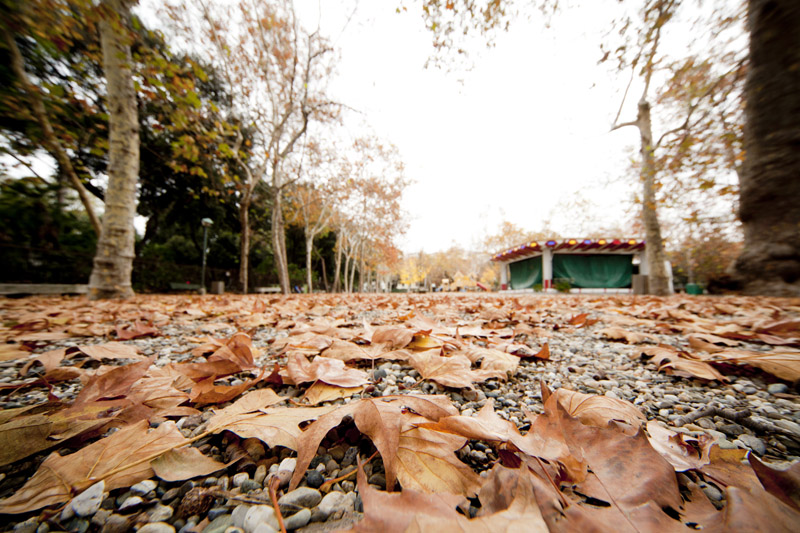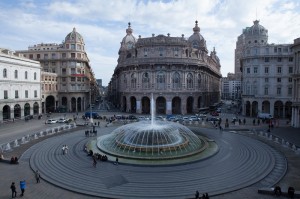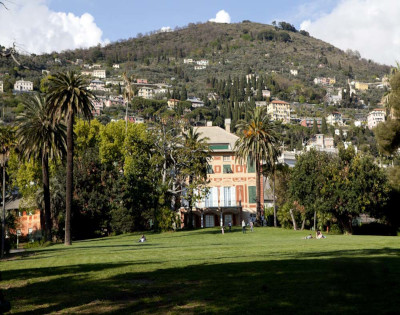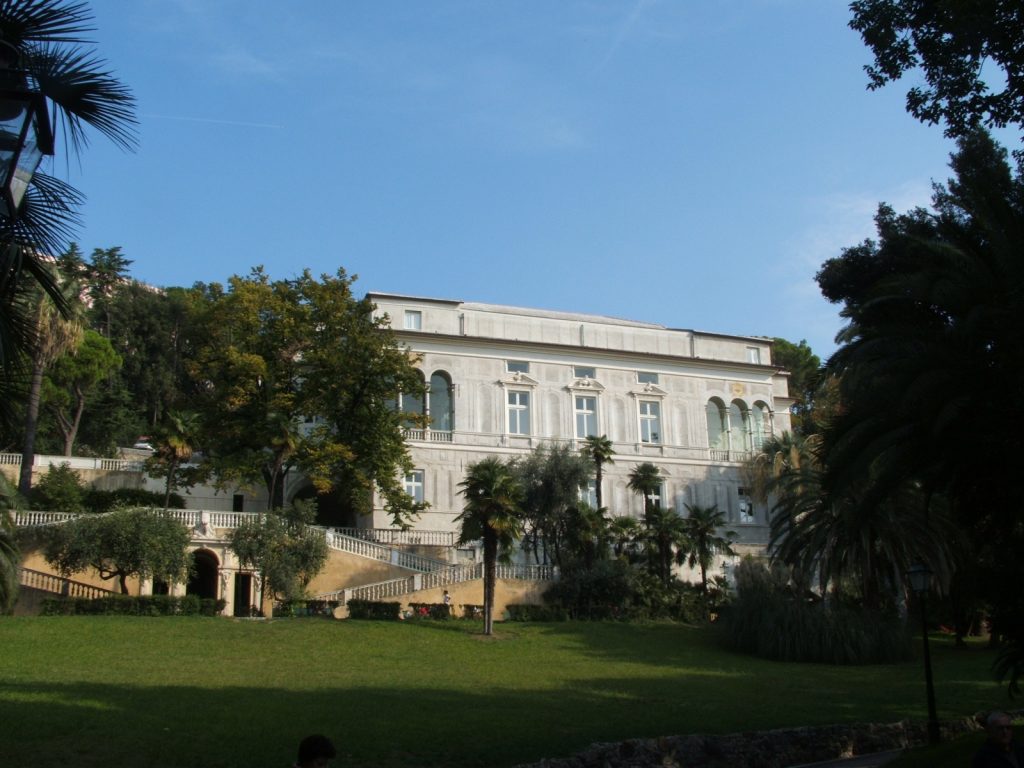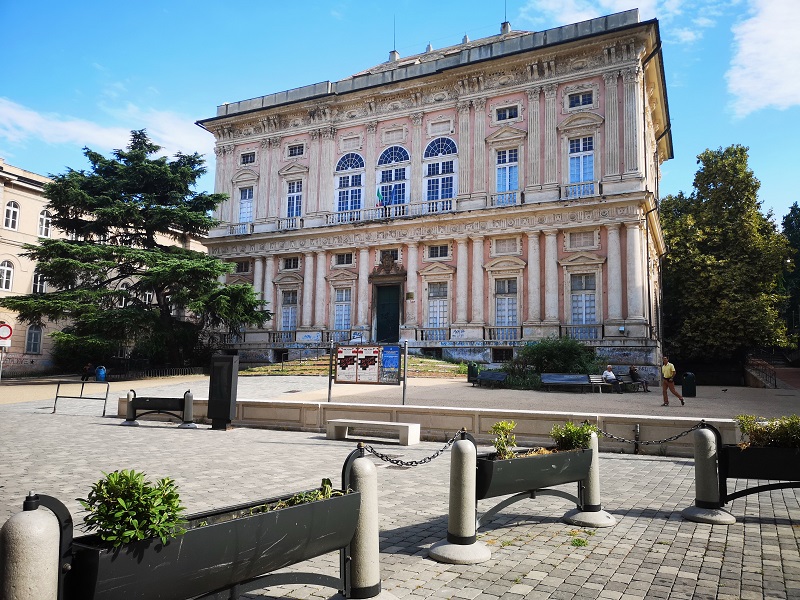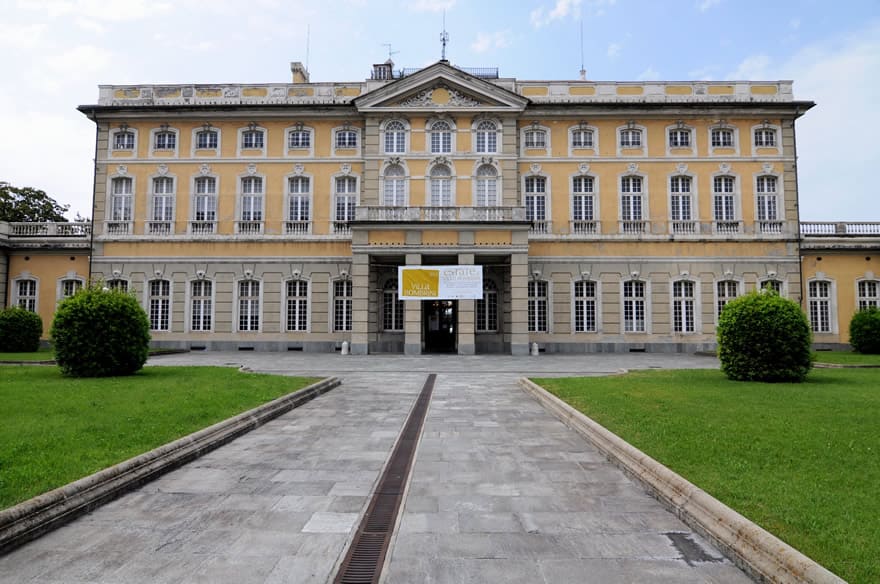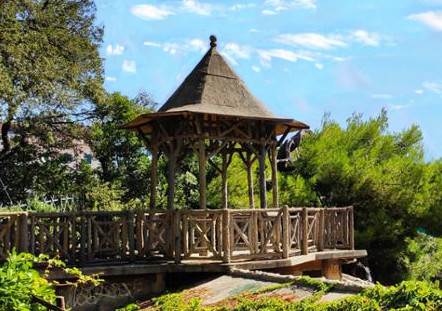Acquasola esplanade rests on a hill overlooking the center of Genoa, extending from Piazza Corvetto to the monumental bridge above Via Venti Settembre (go to route 6), between the ancient district of Portoria and that of Carignano. Today it is home to one of the largest public gardens in the city, the Acquasola Park.
Numerous significant historical events in the city of Genoa are linked to the Acquasola: the area where it stands was the site of a part of the ancient 14th-century walls, then became part of the infamous Devil’s Wood where ancient pagan rites were practiced.
Later it became a debris dumping area during the construction of Strada Nuova (Via Garibaldi), then a crossbow men’s exercise field, home to craft shops, tapestry factories, foundries and then a mass grave for the dead of the black plague in 1656-57, the same epidemic recounted in the Betrothed by Alessandro Manzoni. It is also said that, in the first half of the 19th century, the Carboneria group, of which Giuseppe Mazzini belonged, gathered at night.
In the 19th century, the esplanade and its park reached their maximum splendor thanks to the civic architect Carlo Barabino, who designed a new urban park, so beautiful that it was mentioned by characters such as Dickens, Flaubert and Stendhal, who traveled to the Ligurian capital.
After gradually losing importance during the twentieth century, the Acquasola Park is now affected by a disputed renewal project, which should lead to the creation of an underground car park and a restyling of the gardens.

